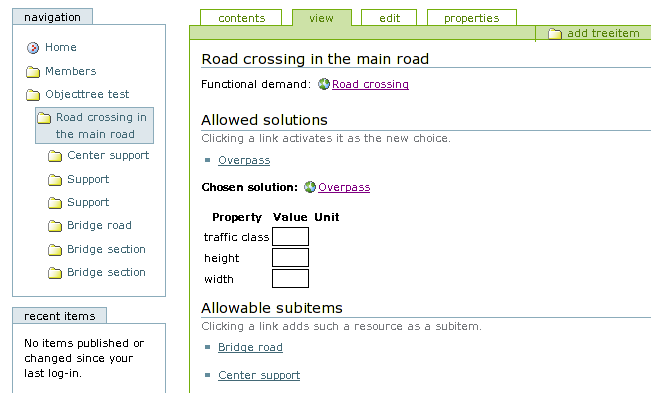

This autorefresh functionality eventually updates allĬhanges, but you might want to explicitly force a refresh. To ensure that the local versions of remotelyĬhanged elements are updated, an autorefresh thread runs in theīackground. You specify the frequency of autosave in the Options dialog box accessible from the Tools menu.ĭevelopers modify elements simultaneously in the same installation ofĭynamics AX, each developer’s local elements could become out of sync The developer explicitly invokes the Save or Save All action.Īutosave takes place. A dirty element in the AOT, indicated by a vertical line next to CustTable (sys)Ī dirty element is saved in the following situations: Key while pressing the Up or Down arrow key.Ī red vertical line next to an element name marks it as modified and unsaved, or dirty, as shown in Figure 4. YouĬan change the order of nodes by selecting a node and pressing the Alt On a form display in the order in which they are listed in the AOT.
#Morphx and the application object tree code
You can use the property sheet to inspect or modify properties, and you can use the X++ code editor to inspect or modify X++ code.Ĭan play a role in the semantics of the element. Modifying Elements in the AOTĮach node in the AOT has a set of properties and either subnodes or X++ code. You should replace the default names with new names in accordance with Creating a new element in the AOTĪre given automatically generated names when they are created. You can create new elements in the AOT by right-clicking the element category node and selecting New, as shown in Figure 3. Any future development and maintenance will be much easier.

Common Prefixes PrefixĪpplication frameworks and development toolsĬreating new elements, make sure to follow the recommended namingĬonventions. Table 2 contains a list of the most common prefixes and their descriptions. Prefixes are commonly used to indicate the team responsible for an element. The business area name is also often referred to as the prefix. This naming convention, similar elements are placed next to each other. Naming conventions and adhering to them is important to effectivelyĪll element names in the AOT follow this structure: Because thousands of elements exist, understanding the Pressing the Right arrow keyĪlphabetically. Application Object Treeīy using the arrow keys on the keyboard. SomeĮlements are grouped into subcategories to provide a better structure.įor example, Tables, Maps, Views, and Extended Data Types reside underĭata Dictionary, and all Web-related elements are found under Web. The element categories, such as Classes, Tables, and Forms. The name implies, the AOT is a tree view. The AOT icon on the toolbar or by pressing Ctrl+D. The AOT is the main entry point to MorphX and is the From the Microsoft Dynamics AXĭrop-down menu, point to Tools, and then point to Development Tools. You can access these development tools from the following places:
#Morphx and the application object tree full
Track all changes to elements and see a full revision log.īuild automated tests that can exercise your code and detect regressions. See a line-by-line comparison of two versions of the same element. Search for code or metadata patterns in the AOT. View the contents of a table directly from the table element. Generate Microsoft Office Visio Unified Modeling Language (UML) and Entity Relationship Diagrams (ERDs) from elements. Visual Form Designer and the Visual Report Designerĭesign forms and reports in a What You See Is What You Get (WYSIWYG) fashion.Ĭompile X++ code into an executable format.Īutomatically detect defects in both your code and your elements. The property sheet shows key and value pairs. Inspect and modify properties of elements. Invoke the other tools and to browse and create elements. Together comprise the business application. It is the repository for all elements that The AOT is the main entry point for allĭevelopment activities. Enable the development mode of Dynamics AX 2009, press Ctrl+Shift+D.Ĭtrl+Shift+D is a toggle key that also returns you to content mode.


 0 kommentar(er)
0 kommentar(er)
